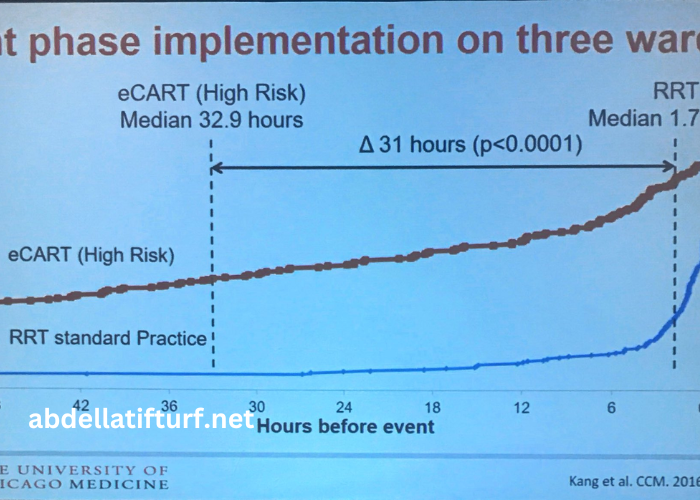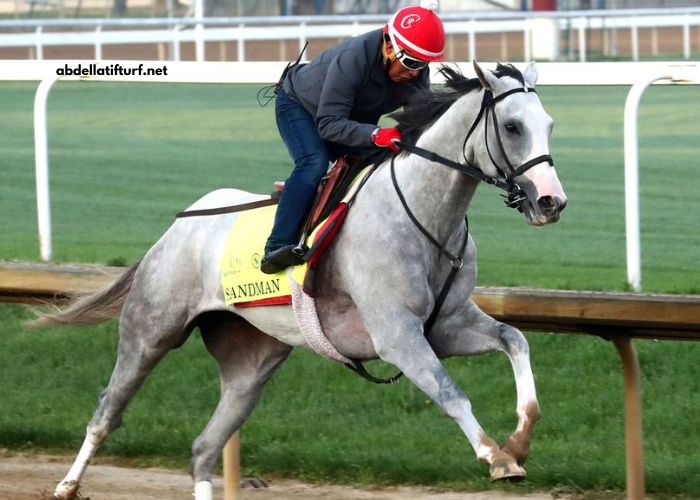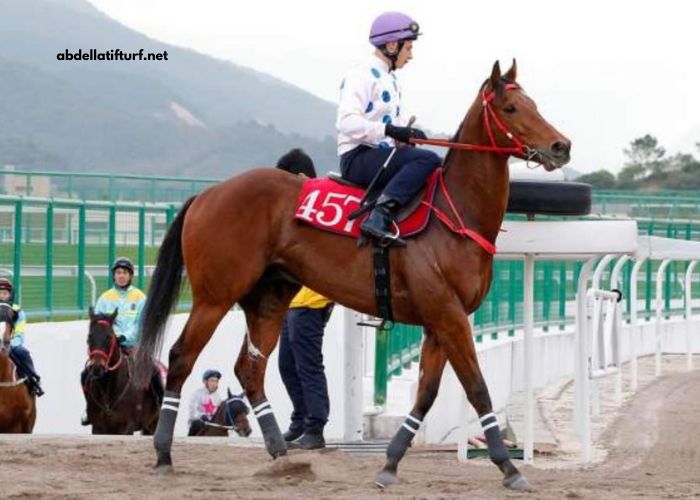“Ecart 10 12” is a term widely used in turf betting circles, referring to the gap or difference between consecutive race performances. In this guide, we delve into the intricacies of “Ecart 10 12,” its significance in turf betting, strategies for analyzing it, and how punters can leverage it to enhance their betting success.
Understanding “Ecart 10 12”
“Ecart 10 12” represents the difference in performance or results between races, specifically focusing on the outcomes of the 10th and 12th races. This section provides an overview of “Ecart 10 12,” explaining its relevance in turf betting and how punters can interpret and utilize it to inform their betting decisions.
Significance of “Ecart 10 12”
“Ecart 10 12” holds significant importance for punters seeking to identify patterns and trends in horse racing performances. This section discusses the significance of “Ecart 10 12” in turf betting, highlighting its role in assessing horse form, predicting future outcomes, and identifying potential betting opportunities.
Analyzing “Ecart 10 12” Trends
Analyzing “Ecart 10 12” trends involves examining historical race data to identify patterns and correlations between consecutive race performances. This section explores various methods and techniques for analyzing “Ecart 10 12” trends, including statistical analysis, trend identification, and pattern recognition.
Strategies for Leveraging “Ecart 10 12”
Leveraging “Ecart 10 12” effectively requires a strategic approach and a deep understanding of horse racing dynamics. This section discusses strategies that punters can employ to leverage “Ecart 10 12” in their turf betting endeavors, including trend analysis, form assessment, and risk management. Handicapping is a crucial aspect of turf betting, and “Ecart 10 12” can provide valuable insights for handicappers. This section explores how punters can incorporate “Ecart 10 12” into their handicapping process, including assessing its impact on horse form, performance trends, and race dynamics.
Risk Management Strategies with “Ecart 10 12”
While “Ecart 10 12” can offer valuable insights, it also involves risks that punters must manage effectively. This section discusses risk management strategies that punters can implement when utilizing “Ecart 10 12” in their turf betting strategies, including bankroll management, bet sizing, and diversification.
Case Studies and Examples
Examining real-life case studies and examples can provide concrete insights into the application of “Ecart 10 12” in turf betting. This section presents case studies and examples of “Ecart 10 12” analysis, highlighting successful betting strategies, key takeaways, and lessons learned.
Continuous Learning and Adaptation
The world of turf betting is dynamic, and punters must continuously learn and adapt their strategies to stay ahead. This section emphasizes the importance of continuous learning, staying updated on industry trends, and adapting betting strategies based on insights gained from “Ecart 10 12” analysis.
Conclusion:
“Ecart 10 12” offers punters a valuable tool for assessing horse racing performances and identifying betting opportunities. By understanding its significance, analyzing trends, employing effective strategies, and managing risks, punters can maximize their betting success and enjoy a rewarding experience in the world of turf betting.




